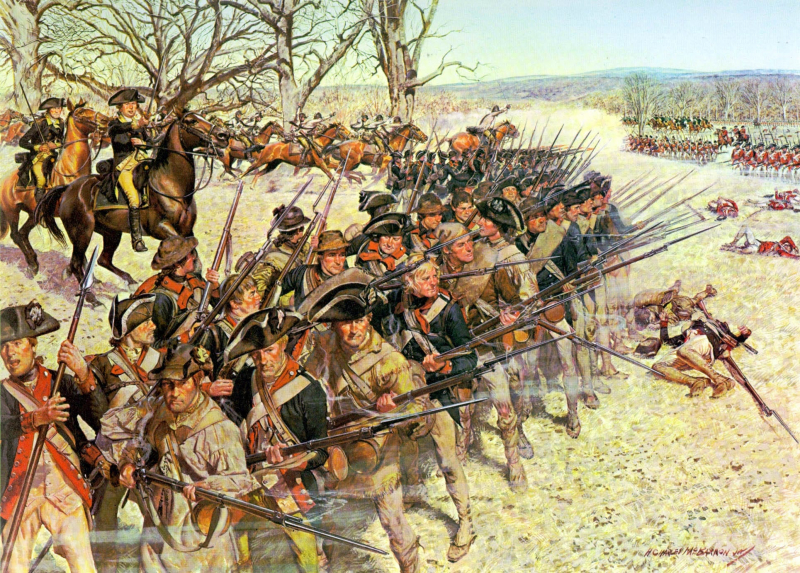Battles of Lexington and Concord
Considered one of the major events of the American Revolution because they were the first military engagements of the American Revolutionary War, the Battles of Lexington and Concord are historically significant. A British army led by Lieutenant Colonel Francis Smith was dispatched to Concord, some 15 miles from Boston, to confiscate the Patriots' firearms. The Patriots, however, had transferred the supplies out of town since they were aware of the British intention. On the way to Concord, the first shots were fired at a brief conflict in Lexington. Then, near Concord's North Bridge, a British company of roughly 100 soldiers clashed with around 400 American patriots. The British soldiers withdrew to rejoin the main army, despite being outmanned.
After finishing their hunt for military supplies, the British soldiers began their return march to Boston, while additional militiamen continued to arrive from the surrounding towns. As the regulars marched back into Boston, gunfire erupted once more between the two sides and persisted throughout the day. Lt. Col. Smith's mission was rescued by reinforcements headed by Brigadier General Hugh Percy, the future Duke of Northumberland, who was given the courtesy title Earl Percy at the time. In a tactical withdrawal, the united army of around 1,700 men marched back to Boston under intense fire and ultimately reached the safety of Charlestown. The gathered men then began the siege of Boston by blockading the small land routes to Charlestown and Boston.
The British lost 273 losses in the fights compared to 95 for the Americans, making it a victory for the Americans. Following the Battles of Lexington and Concord, the British were forced to depart Boston and sail to Nova Scotia following an 11-month siege.
Date: April 19, 1775













